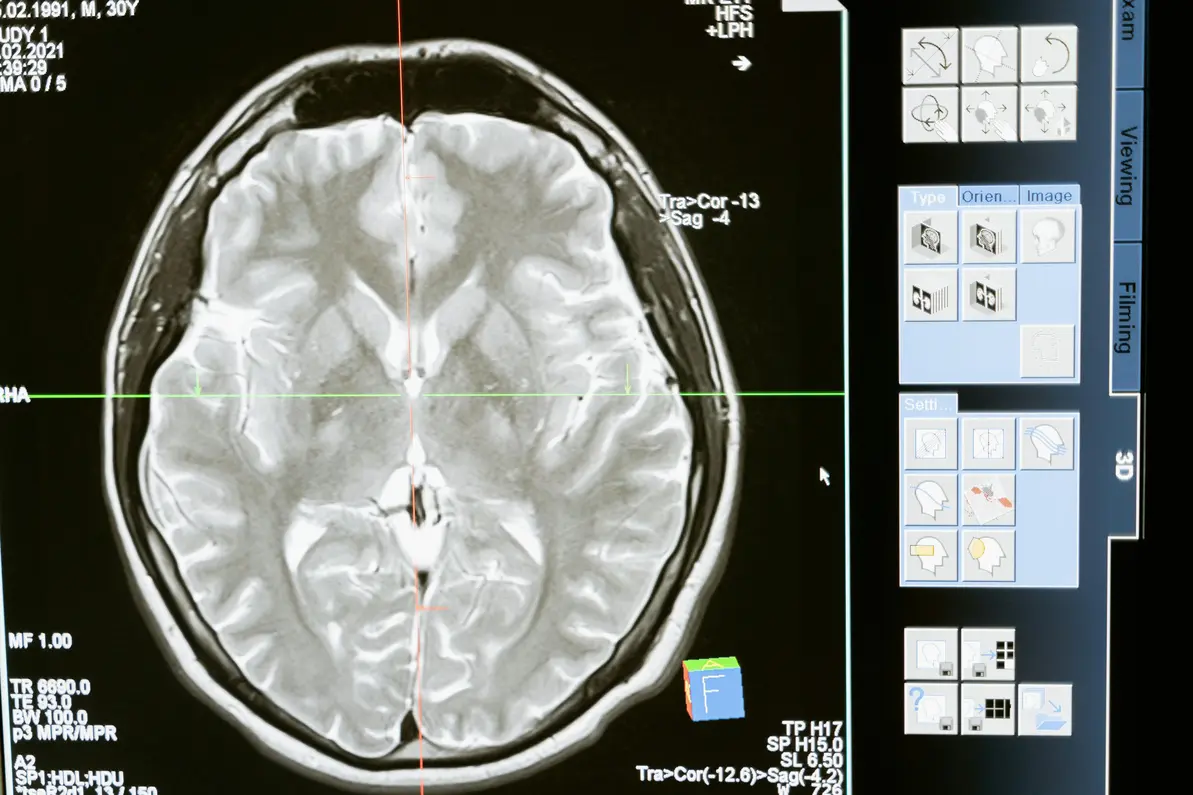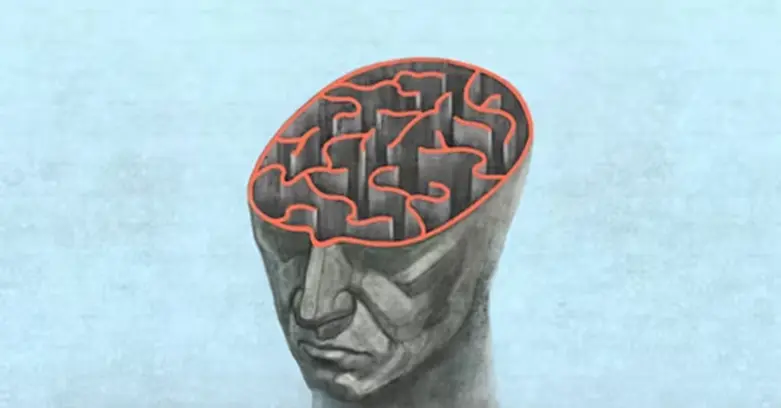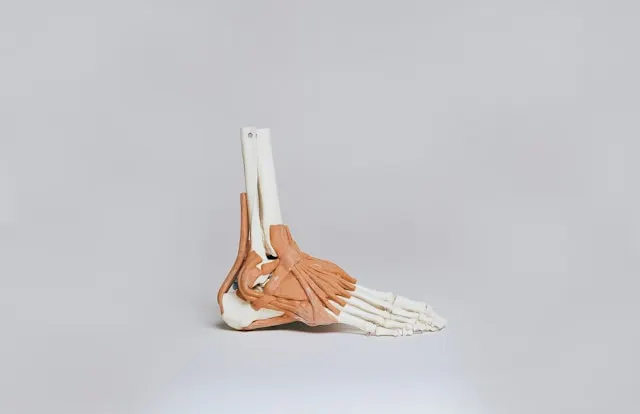Many people think of sleep as a passive activity, but this is far from the truth. There are many physiologic activities necessary for restoring the body that occur during sleep. Consider, for example, that body tissues are stressed mostly during wakefulness periods while sleep shifts the body toward a state of tissue repair.
Catabolic hormones that impact tissue breakdown and increase production of cell toxins are inhibited during sleep. Most of our growth hormones are released during deep sleep. These hormones facilitate tissue building and protein synthesis. Adrenalin, which is released during the day, inhibits protein synthesis, however the rate of healing is greater during sleep (Oswald, 1983).
Sleep deficiency, which is not a diagnosed sleep disorder but is simply a long-term lack of sleep, increases the risk for Alzheimer’s disease. Lack of quality sleep can lead to neuroinflammation, oxidative stress in the brain, and promotion of beta-amyloid plaque, a primary factor associated with dementia. A statistical review of almost 70,000 patients found that participants with sleep problems had a 278% increased risk for preclinical Alzheimer’s disease compared to those without sleep problems (Bubu, 2017).
Exercise has a role in promoting sleep. Many studies have shown that exercise improves a night’s sleep, if it is not within the three hours just prior to sleeping. Exercise during the day seems to bring on the sleep impulse, relaxes the body, and sets the stage for better deep sleep (Youngstedt , 2006). Lack of sleep leads to decreases in athletic performance in long-distance runners and weight trainers, and it can decrease the motivation to exercise since psychologically, the exercise seems more difficult.
Sleep appears to help the brain as well. The American Psychological Association (2006) noted, “Recent studies have suggested that the brain, so active during the day, may use sleep to repair damage caused by our busy metabolism, replenish dwindling energy stores and even grow new neurons.” One way that sleep can repair the brain at night is to focus on damage from oxidative stress. Free radicals, that are generated throughout the day that can damage brain cells, seem to be repaired by sleep. This phenomenon is seen in laboratory studies of night shift workers who have higher levels of oxidative damage than non-shift workers. Sleep also seems to be a time to recharge the energy expended in cognitive and autonomic functions of the brain during the day. Glycogen appears to be increased during sleep, as does ATP. Well-functioning neurons are heavily dependent on glucose and ATP.
A body of work has been done on another aspect of sleep – dreaming. Dreaming occurs during REM sleep and there is a growing sense that both have their own role in brain health. Psychologist Rubin Naiman, a sleep and dream specialist at the University of Arizona Center for Integrative Medicine notes that. “… the brain during REM sleep acts as a sort of ‘second gut’ that digests all the information gathered that day. Everything we see, every conversation we have, is chewed on and swallowed and filtered through while we dream, and either excreted or assimilated.” In addition, there is some speculation that sleep helps regulate norepinephrine, which builds up during the day. The theory is that sleep decreases norepinephrine levels and that lower levels of norepinephrine result in less fear and anxiety. We know that lack of sleep interferes greatly with concentration and affects memory and clarity of thought.
On clinical histories many people report wide variations in meal and sleeping patterns. These patterns of behavior point to an under appreciation of the importance of circadian rhythms in the body. Circadian rhythms are the internal 24-hour clock that operates in the background to carry out essential functions. By nature, this internal clock is aligned with the day/night cycle. These rhythms regulate sleep/waking, core body temperature, the immune system, hormones, metabolism, cognitive function and reaction to stress. Circadian rhythms affect your mental state, behavior, and health. Many people report that they sleep less than six hours a night and report that they feel fine. Interestingly, Marcus (2010) reported that people who sleep less than six hours a night are more likely to have colorectal adenoma polyps in the colon or rectum compared to better rested people. Night workers have increased risk of immune system suppression and fatigue. Once the sleep cycle is disrupted, many people have trouble ever getting enough sleep.
Sleep is restorative in many ways. It allows the brain to clear toxins, it regulates the hormones that control satiety and hunger, and it promotes muscle repair. With adequate sleep, memory is consolidated. A night’s sleep consists of five stages that occur in cycles. The last stage is rapid eye movement sleep, or REM sleep. In the early stages of sleep the time spent in REM sleep is relatively short, but it increases with each repetition of the cycle. During the sixth to eighth hours of sleep the REM stage is sufficiently long to allow the brain to consolidate memory. Thus, in terms of improving cognition it is critically important to have seven to eight hours of sleep a night. More than this is not necessarily good.
In summary, sufficient sleep is necessary for optimal brain health. Key features of Alzheimer’s disease are inflammation and loss of energetics. Quality sleep allows the brain to repair oxidative stress due to inflammation, remove toxins in the brain, rebalance hormones critical to brain function, consolidate memory and may even promote growth of new neurons.
References
Oswald AK, (1983). Protein synthesis, bodily renewal, and the sleep-wake cycle. Clin Sci 65:561-7.
Bubu OM, Brannick M, Mortimer J, et al.(2017). Sleep, cognitive impairment, and Alzheimer’s disease: A systematic review and meta-analysis. Sleep [Internet]. 2017;40. from: http://dx.doi.org/10.1093/sleep/zsw032
Marcus, A. (2010). Lack of sleep linked to risky colon polyps. www.reuters.com/article/idUSTRE69E5IM/
Youngstedt, SD, Kline CE. (2006). Epidemiology of exercise and sleep. Sleep Biol Rhythms. 4:215–221
Photo Credit: Andrea Piacquadio











